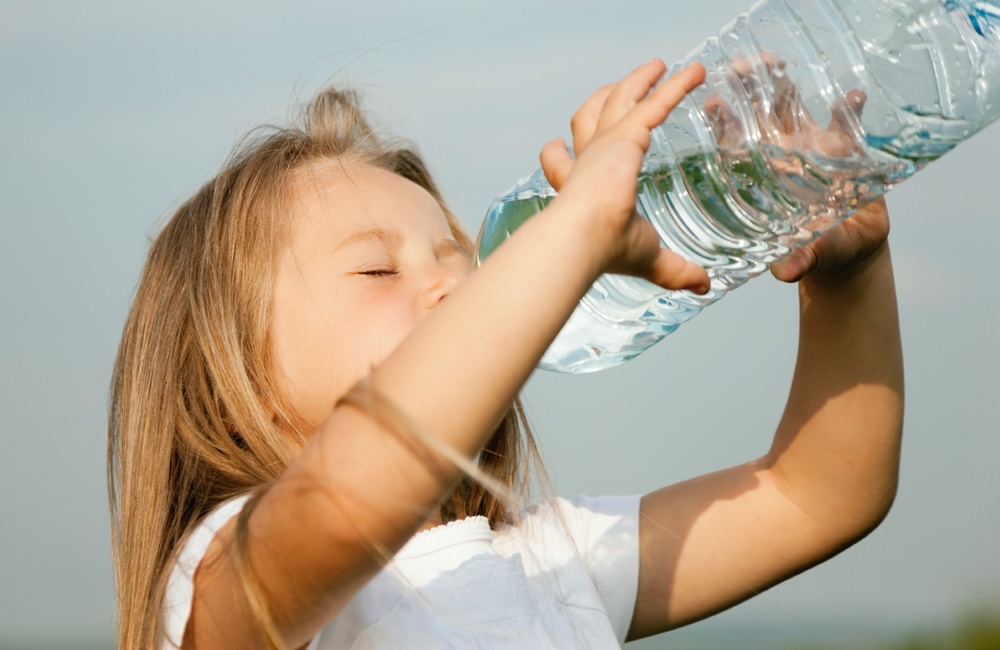If you care about what goes into your body, it may be time to consider what it is packaged in. Many of the items our food is in contact with — take-out containers, plastic cutlery, even some paper cups and plastic baby bottles and bottle liners — can release microscopic plastic particles directly into our food, a Swiss study has found.
These micro- and nanoplastics, once dismissed as environmental leftovers, are now under scrutiny for their potential to disrupt human health. And the evidence isn't flimsy. Researchers mapped more than 103 scientific studies related to these minuscule particles to uncover just how widespread, and largely ignored, this issue really is.
What are microplastics and nanoplastics? Microplastics are polymer fragments that can range from less than 0.2 inch (5 millimeters) down to 1/25,000th of an inch (1 micrometer). Anything smaller is known as nanoplastic, and is measured in a billionth of a meter.Plastic contamination can occur when you're unwrapping deli meat and cheese, steeping certain types of tea bags in hot water, or opening cartons of milk or orange juice with plastic caps.
The latest research is expansive. The team analyzed the data by packaging type (glass, plastic, metal), handling (heat, reuse, mechanical stress), and food/beverage matrices. They then synthesized their findings to isolate microplastic release mechanisms — from cap abrasion and heating, to industrial processing and consumer re-use.
For instance, one of the study's findings showed that ripping the plastic wrap from prepackaged foods is likely to contaminate your food with miniscule pieces of plastic. The research also showed that plastic contamination can occur when you're unwrapping deli meat and cheese, steeping some tea bags in hot water, or opening cartons of milk or orange juice.
Think it can't get any worse? Repeatedly opening and closing the caps on glass and plastic bottles can relay an untold amount of micro-and nanopastics into your beverage. “The research shows the number of microplastics increases with each bottle opening, so therefore we can say it's the usage of the food contact which leads to micro-and nanoplastic release,” Zimmermann explained.
Data are just emerging on the risks these tiny particles of plastic impose on our health, but according to the Natural Resources Defense Council (NRDC) they have already been detected throughout the human body, including in blood, lung, vascular, colon, liver, placental, penile, testes and amniotic fluid samples.
What can you do to limit all this plastic contamination in your life? Here are five suggestions from the NRDC:Researchers mapped more than 103 scientific studies related to these minuscule particles to uncover just how widespread, and largely ignored, this issue really is.
- Choose tap water, not bottled water
- Carry your own reusable cup
- Don't microwave plastic
- If you drink tea, avoid plastic tea bags
- Avoid using plastic baby bottles or bottle liners
While plastic is wrapping our food, it's also quietly wrapping itself around our future. The Swiss study is a wake-up call. If you're waiting for a clearer sign to cut back on plastic packaging, consider this study your receipt itemized, analyzed and stamped “proceed with caution.”





